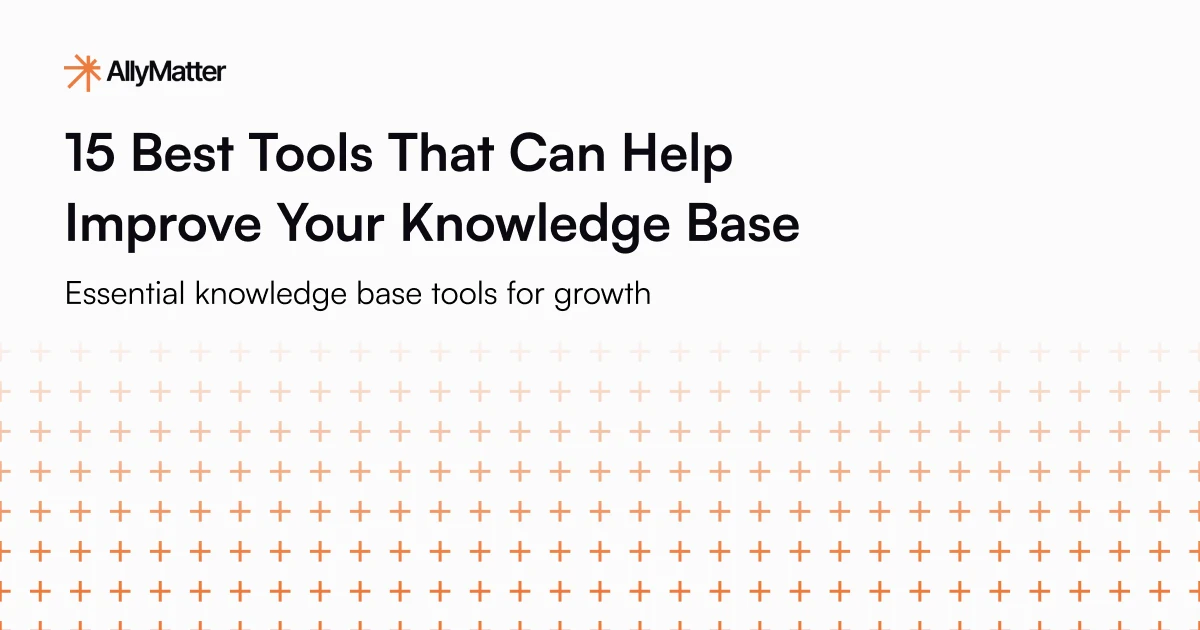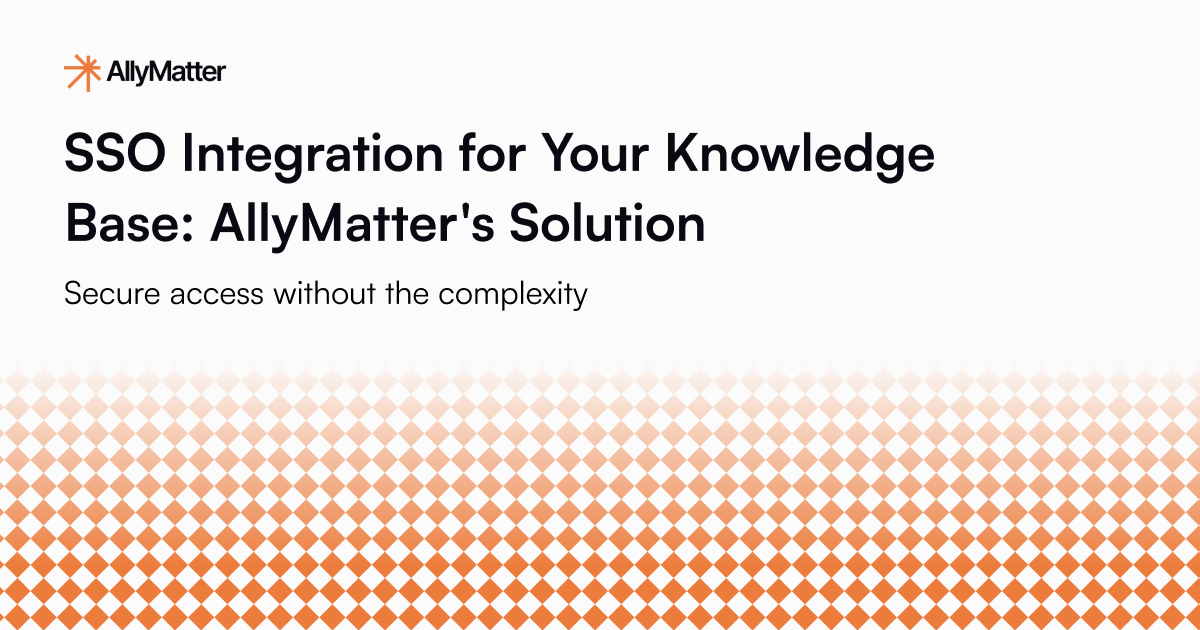Beyond Software: Complete Management Solution
Standardize procedures, document workflows, and ensure consistent quality across locations and teams. Help your operations team deliver reliable results with organized processes that scale as you grow.
Stop Losing Knowledge: Internal Knowledge Base Guide
Comprehensive guide to building, implementing, and scaling internal knowledge bases that transform scattered documentation into strategic assets for growing organizations.
HR Knowledge Management: Why Your Department Needs a Smarter Solution
HR departments drowning in scattered documents need centralized knowledge management to reduce repetitive queries and empower employee self-service.
Build a Central Contract Template Library in Your Internal Knowledge Base
Transform scattered contract templates into a centralized, governed library within your internal knowledge base that teams trust and use.
15 Best Tools That Can Help Improve Your Knowledge Base
Expert-curated selection of knowledge base tools to help growing companies streamline fragmented documentation and strengthen knowledge management processes.
SSO Integration for Your Knowledge Base: AllyMatter’s Solution
A practical guide to implementing Single Sign-On for your knowledge management system to improve security, productivity, and user experience.
Global Guide to Knowledge Bases (2025) – Part 6
Part 6 explores advanced knowledge base platforms including AI-powered solutions, developer-focused documentation tools, and enterprise-grade content management systems.
From Silos to Scale: How AllyMatter Helps You Grow
Learn how AllyMatter helps businesses manage and scale their internal knowledge base as they grow.
Build Your Startup Knowledge Base: Day One to Series A
Transform startup chaos into systematic competitive advantage with strategic knowledge management that scales from day one to Series A.
Free SSO-Ready Knowledge Bases for Enterprises
Enterprise teams need robust SSO integration for knowledge bases that scales with complex organizational structures while maintaining security.
Top 10 Tips for Great Technical Writing
A practical guide to creating clear, usable technical documentation that improves efficiency and preserves critical knowledge in fast-growing companies.
HR Knowledge Bases – A Complete 2025 Guide
HR knowledge bases transform routine employee questions into self-service opportunities while freeing HR teams to focus on strategic initiatives that drive growth.
If It’s Not Documented, It Doesn’t Exist: Why Your Startup Needs a Living HR Handbook
Stop losing hours to HR confusion. Create a living handbook that scales with your startup while protecting your team and company.











